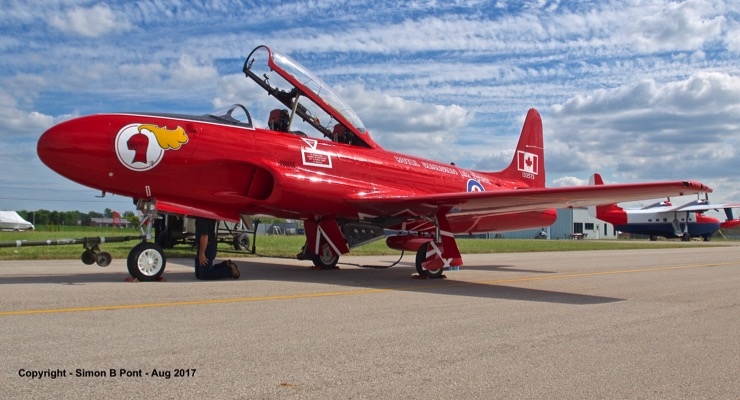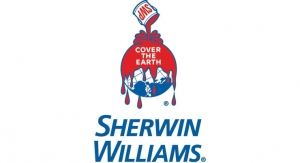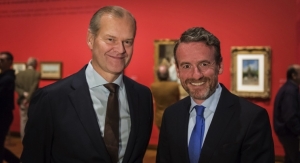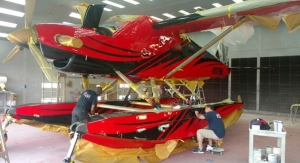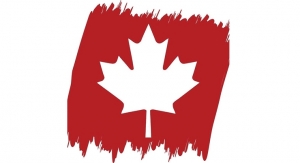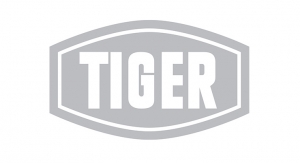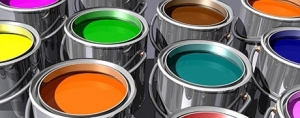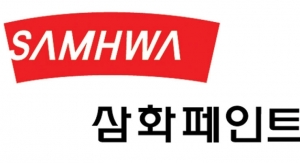08.28.17
A piece of Royal Canadian Air Force history will come roaring back to life when the Red Knight takes to the skies over London, Ontario.
Used extensively for training purposes through the 1950s and 1960s, nearly 700 Canadair CT-133 aircraft were built and flown for Canadian armed forces.
The aircraft was developed from the Lockheed P80 single-seat fighter and built under license in Montreal by Canadair. Though the Canadair Tutor replaced the CT-133 as the Royal Canadian Air Force’s (RCAF) primary jet trainer in the 1970s, a number of CT-133’s were kept in service for other purposes until 2005.
The CT-133 Silver Star represents a unique chapter in RCAF history. In 1958, a Silver Star flew as a solo aerobatic military display at the Canadian National Exposition in Toronto. Painted with a bright red scheme for enhanced visibility, the nickname “Red Knight” helped the aircraft gain an unanticipated level of admiration.
Though the Silver Star was scheduled to be stripped and returned to regular service, the popularity of the demonstration convinced the RCAF to support the Red Knight program. The Silver Star, marked by its red paint scheme and a red knight’s helmet emblazoned on the nose, performed, along with an alternate, at shows across North America. The program reached nearly 100 appearances in 1963 alone.
Ultimately, a Canadair Tutor served as the final Red Knight before the entire program was discontinued to make way for the Canadian Forces Snowbirds program.
In 2007, a group of aviation enthusiasts established the Jet Aircraft Museum (JAM) after acquiring six 1950s-era Silver Stars from the Canadian Government. The London, Ontario-based non-profit said it aims to preserve and honor Canada’s jet heritage through education and immersion.
JAM transformed one of its CT-133’s into a replica of the famous Red Knight, color scheme and all.
“More than 1,200 hours of work have gone into reproducing the Red Knight in detail, primarily from volunteers and under the direction and supervision of our AME, Brian Rhodenizer,” said Simon Pont, director of Events and Communications at JAM.
JAM enlisted the help of a local custom paint shot, Rich Refinishing Auto Body, to tackle the Red Knight's paint scheme.
"This is the first aircraft we’ve ever painted,” Owner Richard Hilton said. “We do a lot of hot rods, motorcycles, and things like that. So when they approached us, we were 100 percent on board.”
Sherwin-Williams Aerospace Coatings donated products – including Chrome Hazard Free Urethane Primer and Wash Primer – to create and protect the Red Knight color scheme.
“They stepped up and blew us away," Pont said of Sherwin-Williams Aerospace Coatings.
Sherwin-Williams Aerospace Coatings also donated Acry Glo® Conventional in the Red Knight’s specific shade of red.
Bill Burns of CanMilAir produced accurate markings to complete the Red Knight.
Pont thanked other organizations that provided support, including the Air Force heritage fund, London International Airport, Executive Aviation, North Wind Aviation, and California-based Concord Batteries, which contributed two brand new batteries for the aircraft.
There was an unveiling ceremony in June.
Per Pont, with two successful engine runs already completed, the next step is for a high-speed run at London International Airport (Ontario) before a "triumphant" return to flight.
Added Pont, JAM is planning to restore another of its CT-133’s in the iconic gold, red and white scheme of the RCAF Golden Hawks display team. JAM’s CT-133, serial number 133500 flew as a support aircraft to the Golden Hawks team.
Photo credit: Simon B Pont, August 2017 (contributed by Sherwin-Williams/Falls Communications)
Used extensively for training purposes through the 1950s and 1960s, nearly 700 Canadair CT-133 aircraft were built and flown for Canadian armed forces.
The aircraft was developed from the Lockheed P80 single-seat fighter and built under license in Montreal by Canadair. Though the Canadair Tutor replaced the CT-133 as the Royal Canadian Air Force’s (RCAF) primary jet trainer in the 1970s, a number of CT-133’s were kept in service for other purposes until 2005.
The CT-133 Silver Star represents a unique chapter in RCAF history. In 1958, a Silver Star flew as a solo aerobatic military display at the Canadian National Exposition in Toronto. Painted with a bright red scheme for enhanced visibility, the nickname “Red Knight” helped the aircraft gain an unanticipated level of admiration.
Though the Silver Star was scheduled to be stripped and returned to regular service, the popularity of the demonstration convinced the RCAF to support the Red Knight program. The Silver Star, marked by its red paint scheme and a red knight’s helmet emblazoned on the nose, performed, along with an alternate, at shows across North America. The program reached nearly 100 appearances in 1963 alone.
Ultimately, a Canadair Tutor served as the final Red Knight before the entire program was discontinued to make way for the Canadian Forces Snowbirds program.
In 2007, a group of aviation enthusiasts established the Jet Aircraft Museum (JAM) after acquiring six 1950s-era Silver Stars from the Canadian Government. The London, Ontario-based non-profit said it aims to preserve and honor Canada’s jet heritage through education and immersion.
JAM transformed one of its CT-133’s into a replica of the famous Red Knight, color scheme and all.
“More than 1,200 hours of work have gone into reproducing the Red Knight in detail, primarily from volunteers and under the direction and supervision of our AME, Brian Rhodenizer,” said Simon Pont, director of Events and Communications at JAM.
JAM enlisted the help of a local custom paint shot, Rich Refinishing Auto Body, to tackle the Red Knight's paint scheme.
"This is the first aircraft we’ve ever painted,” Owner Richard Hilton said. “We do a lot of hot rods, motorcycles, and things like that. So when they approached us, we were 100 percent on board.”
Sherwin-Williams Aerospace Coatings donated products – including Chrome Hazard Free Urethane Primer and Wash Primer – to create and protect the Red Knight color scheme.
“They stepped up and blew us away," Pont said of Sherwin-Williams Aerospace Coatings.
Sherwin-Williams Aerospace Coatings also donated Acry Glo® Conventional in the Red Knight’s specific shade of red.
Bill Burns of CanMilAir produced accurate markings to complete the Red Knight.
Pont thanked other organizations that provided support, including the Air Force heritage fund, London International Airport, Executive Aviation, North Wind Aviation, and California-based Concord Batteries, which contributed two brand new batteries for the aircraft.
There was an unveiling ceremony in June.
Per Pont, with two successful engine runs already completed, the next step is for a high-speed run at London International Airport (Ontario) before a "triumphant" return to flight.
Added Pont, JAM is planning to restore another of its CT-133’s in the iconic gold, red and white scheme of the RCAF Golden Hawks display team. JAM’s CT-133, serial number 133500 flew as a support aircraft to the Golden Hawks team.
Photo credit: Simon B Pont, August 2017 (contributed by Sherwin-Williams/Falls Communications)

